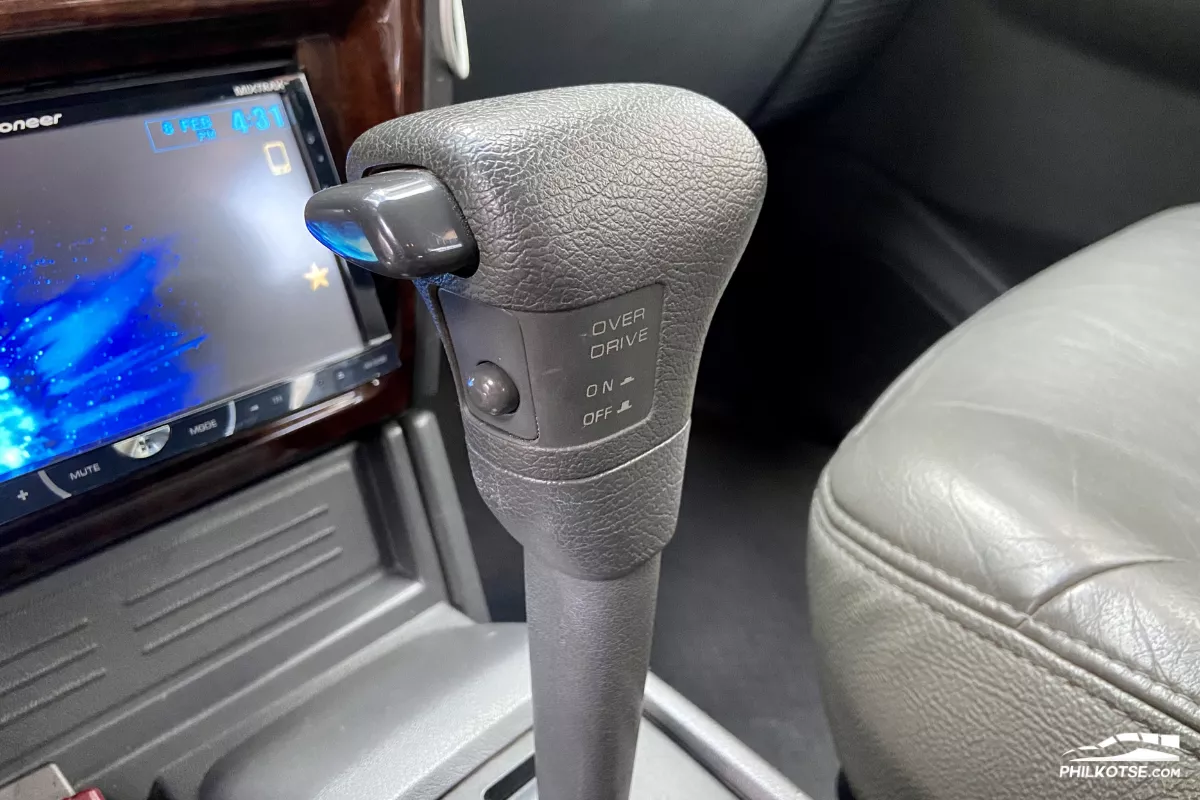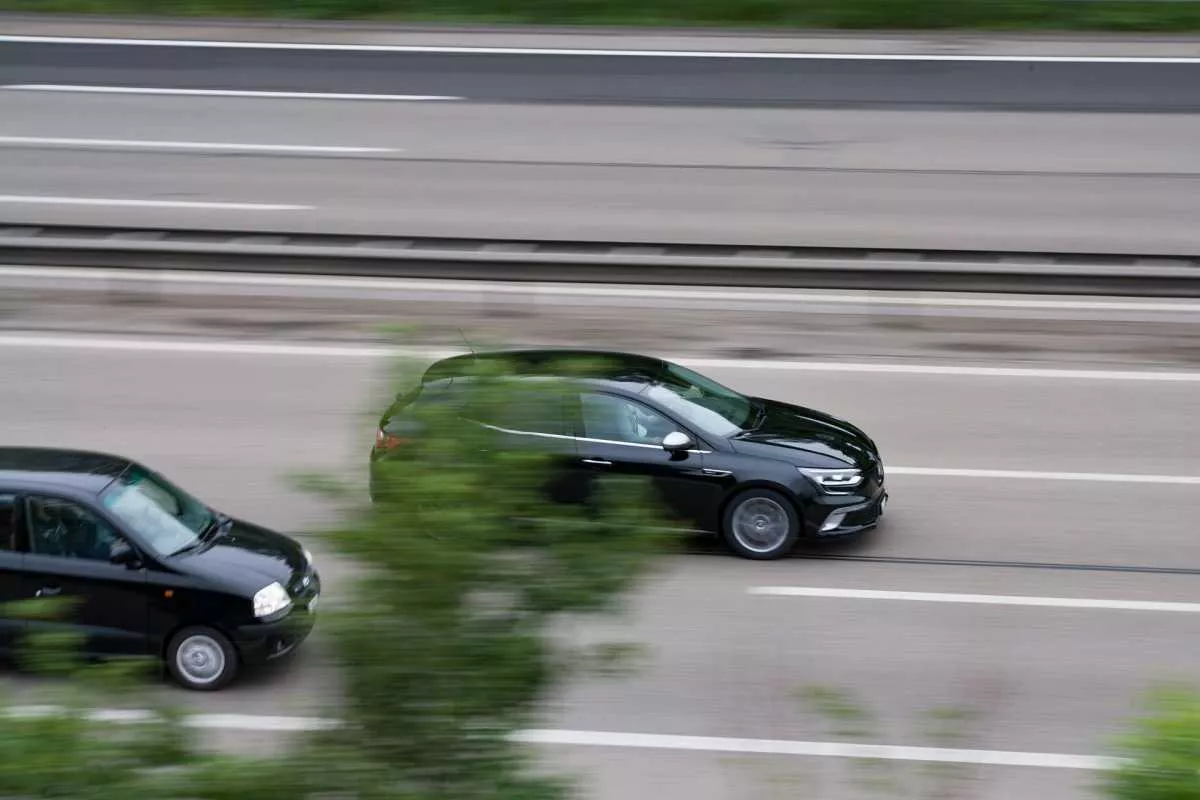You might have first encountered the term ‘overdrive’ while hearing the popular Eraserheads ditty about the joy of taking the wheel on a road trip. As you finally earned your driver’s license and your own car, you realize that it actually affects your driving more than you realize.

No, it doesn't stand for "overdose"
The most notable thing about overdrive is not what it enables your car to do, but rather what it prevents your car from doing, which is to reach its potential top speed. Why would such a feature be included in a machine that’s built to go fast? The answer is simple: For efficiency.
When a car runs, the engine works within a very narrow powerband. The power that the engine produces rises only up to a certain point and then falls away.
In order to expand this to a more usable range, the transmission provides a set of gear ratios that allow for greater flexibility in using that power, without forcing the engine to reach its maximum revolutions per minute or RPM. The fastest was 1:1, also called the ‘direct-drive’, where the engine’s input and output are equal.
>>> Related: “What is an A/T shift lock and when do you use it?” [Newbie Guide]

The highest cog in manual transmission cars is designated as the overdrive gear
However, a higher gear became necessary that would make the transmission output shaft spin faster than the engine. This allowed the car to achieve cruising speed while reducing fuel consumption and increasing the engine’s lifespan. The new cog came to be known as the overdrive gear.

More grunt is available to the car when overdrive is turned off
In a manual transmission vehicle, the overdrive gear is simply the highest forward gear on your gearbox, just before the reverse gear. While modern automatic transmission vehicles already have the overdrive integrated inside the drivetrain, older models feature a physical button marked O/D on the shift lever.

Disengaging overdrive allows you to execute maneuvers such as overtaking
By default, this button should be engaged under normal driving conditions, as it allows the transmission to maximize the entire range of gears available to it. However, there are instances when the car needs to utilize more of the engine’s output, such as when overtaking or driving under full loads up a steep incline.
>>> Related: Overtaking rules in the Philippines every driver must know
Pressing the button turns off the overdrive gear and yields noticeably more power for this purpose but at the expense of higher fuel consumption and faster engine wear.
Find more helpful driving tips for new motorists at Philkotse.com.












